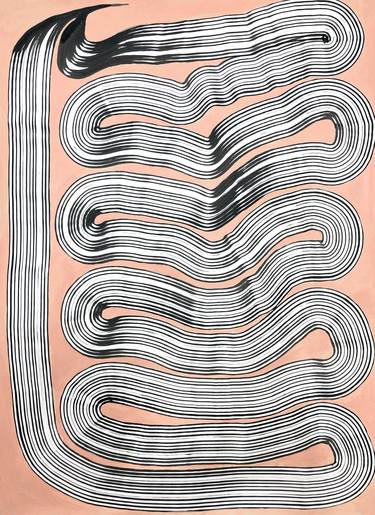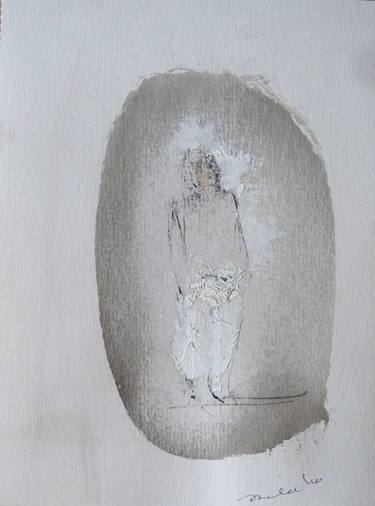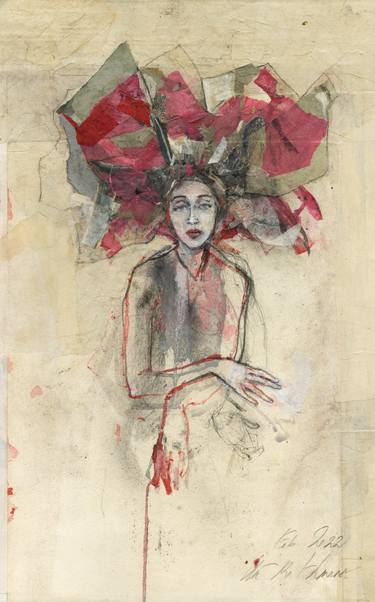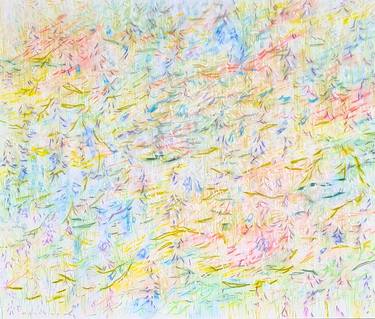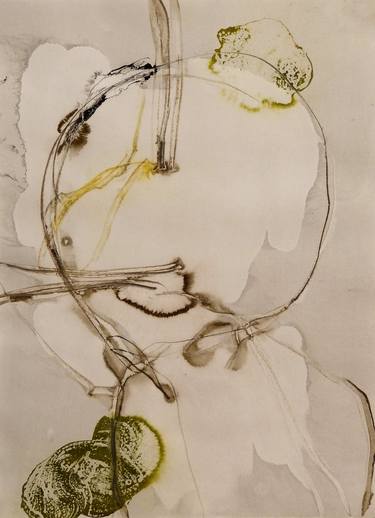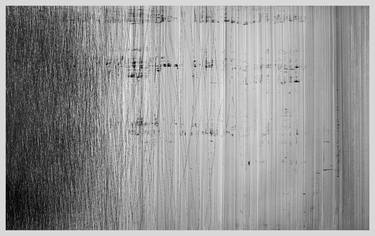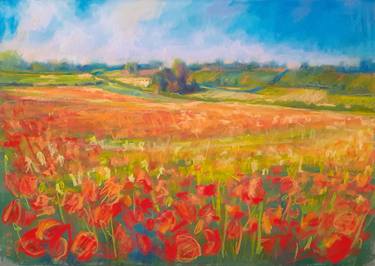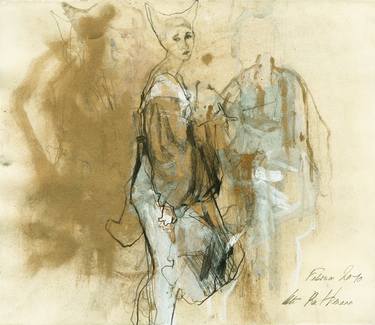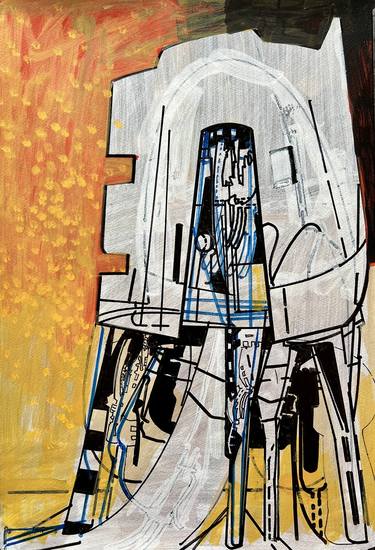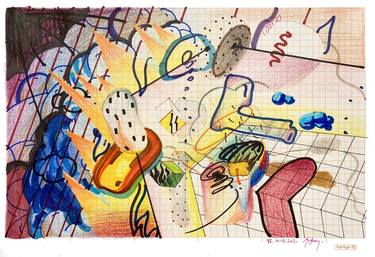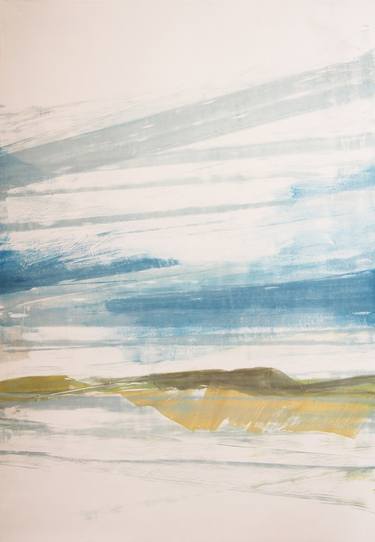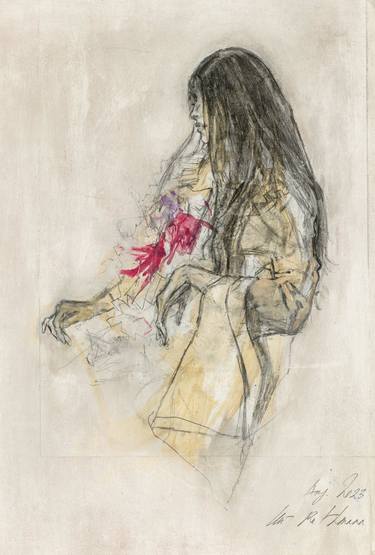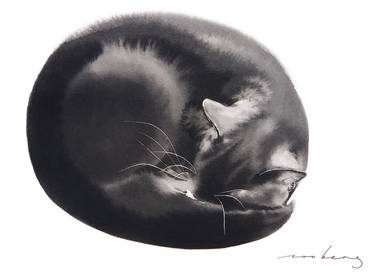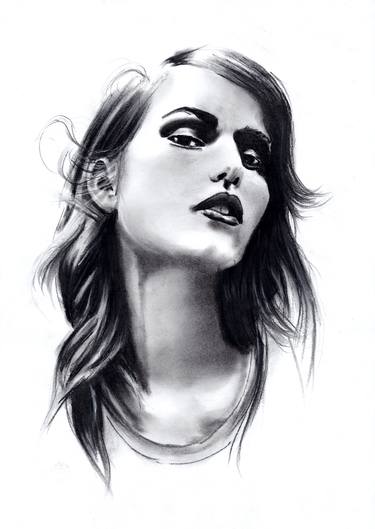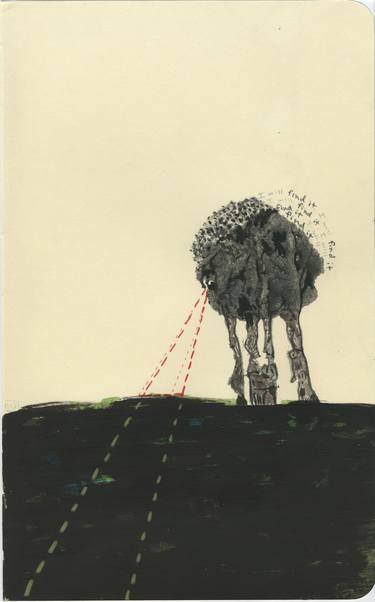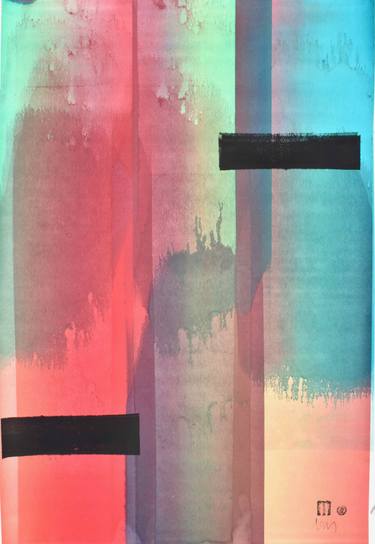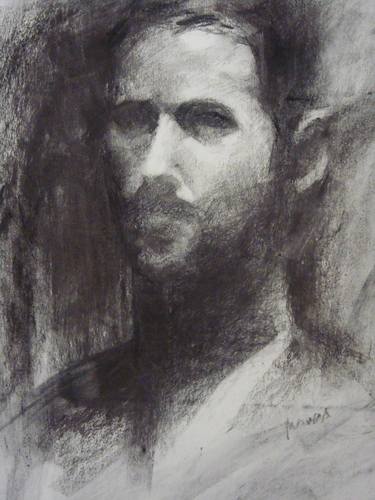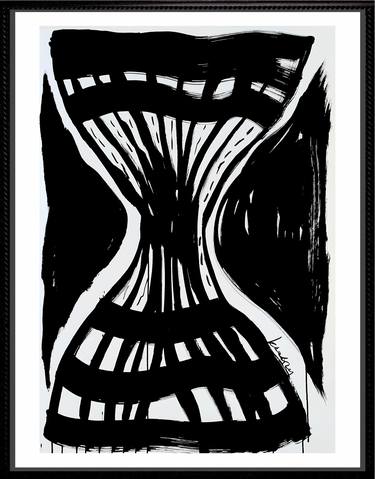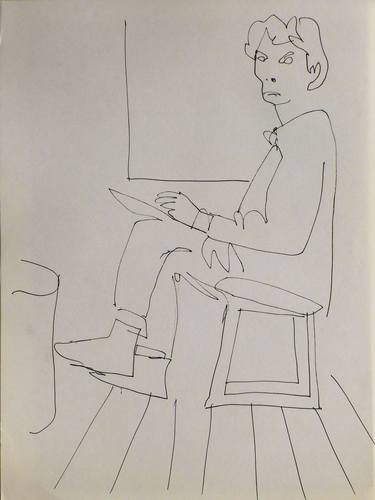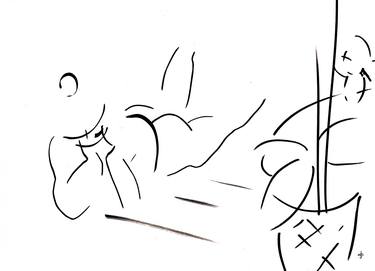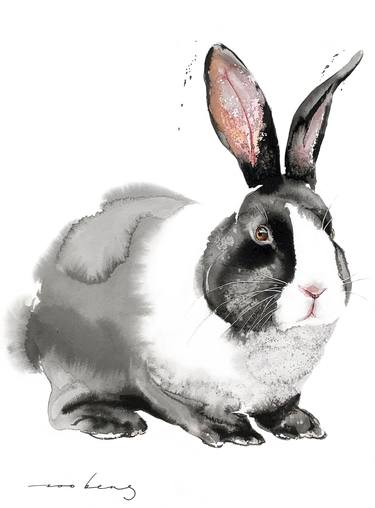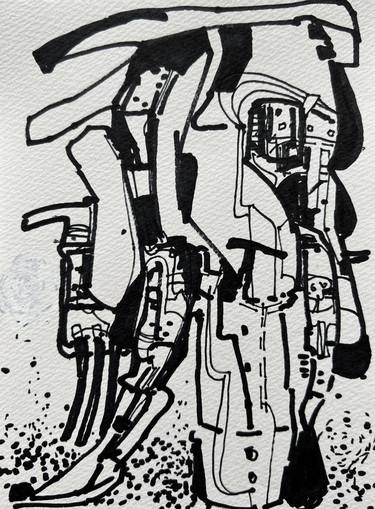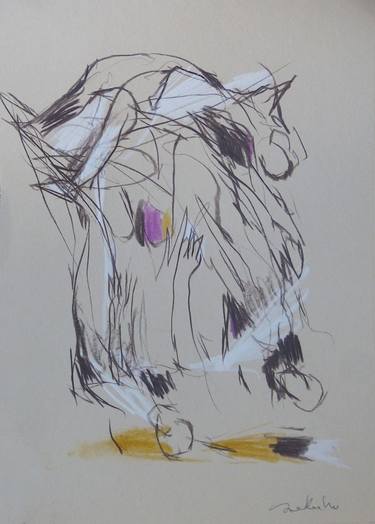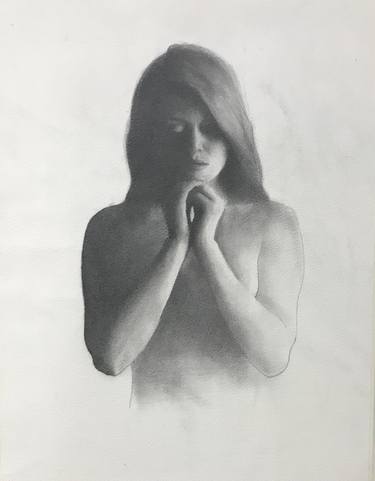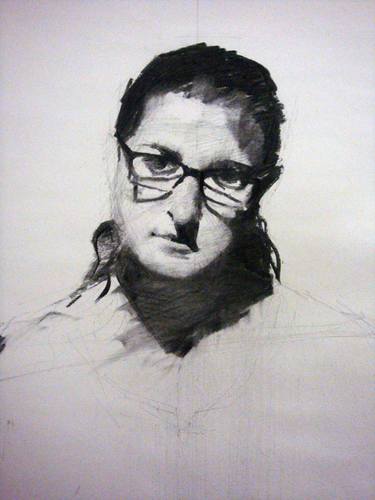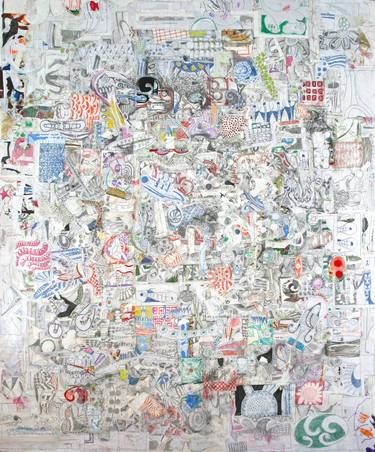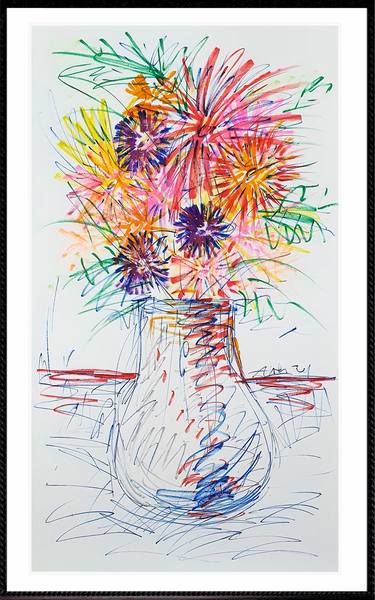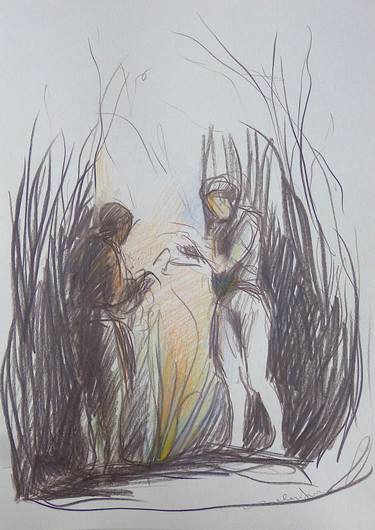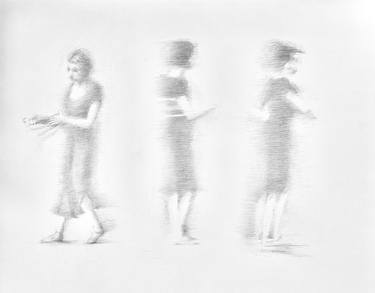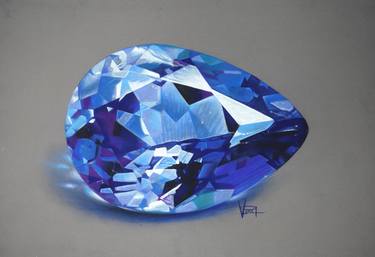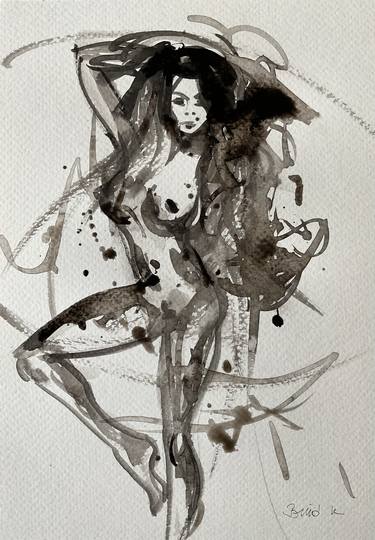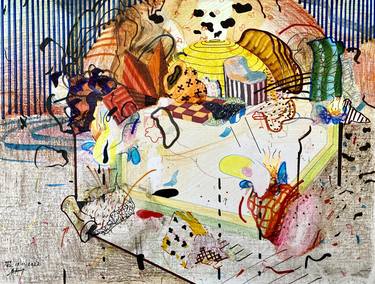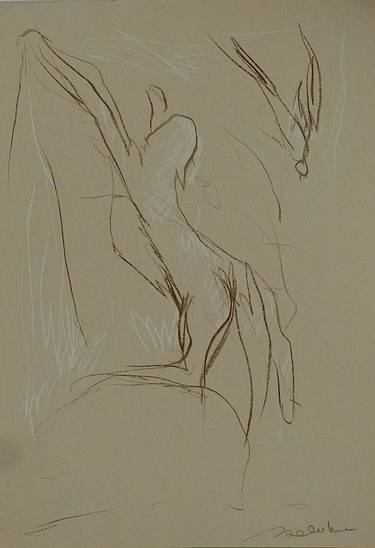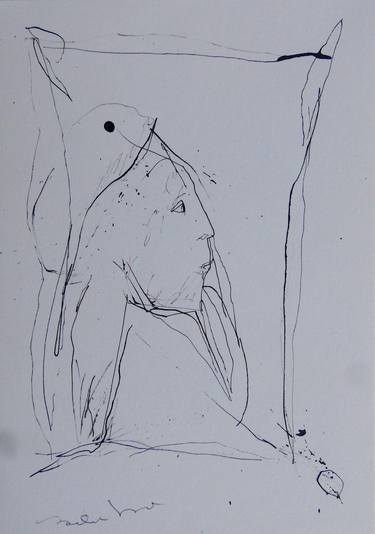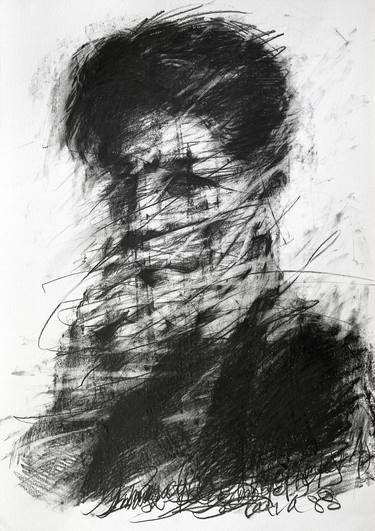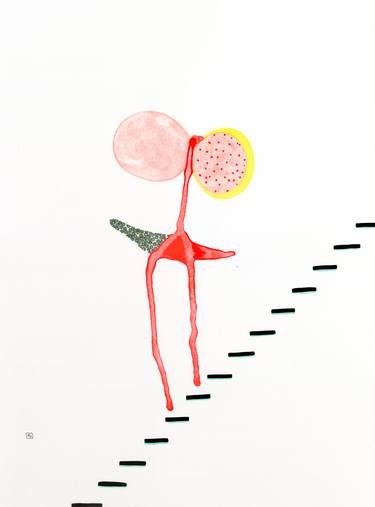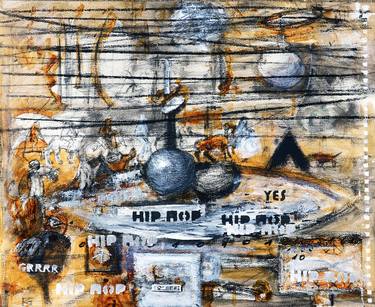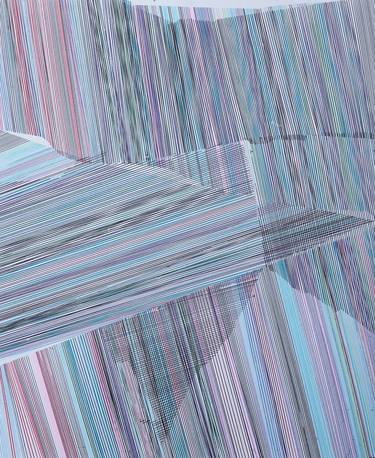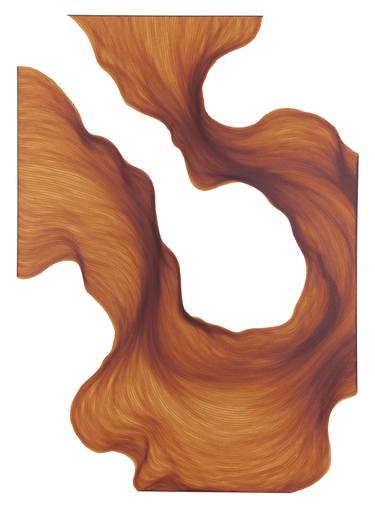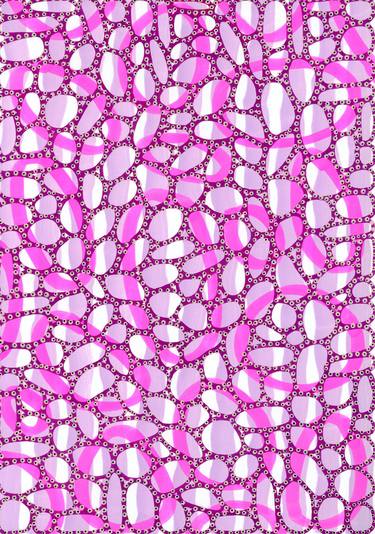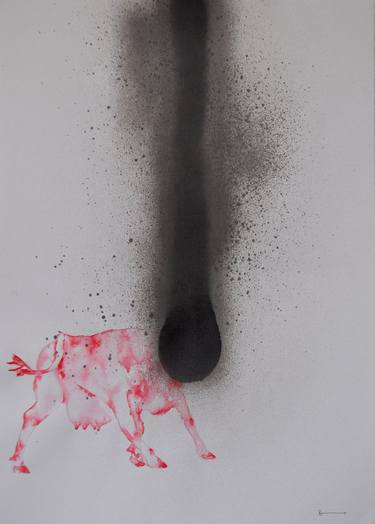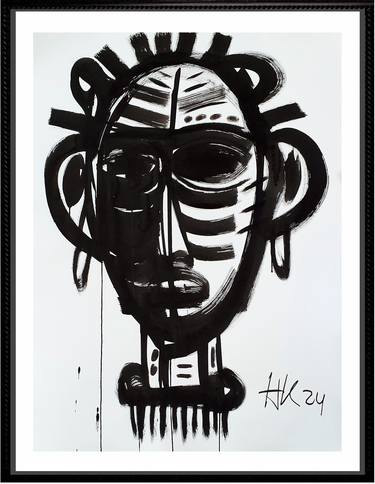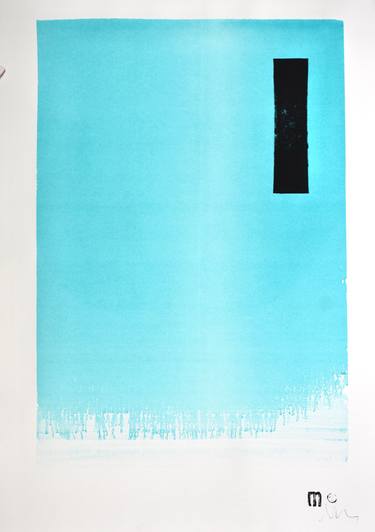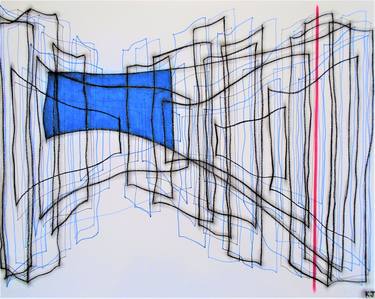Artworks In Your Cart Are Not Reserved.
- All Artworks
- Drawings
Original Drawings For Sale
Browse art and see similar matches
Try Visual Search
Category
Filter
Choose from a wide-ranging selection of 73,217 original drawings and prints ranging in subject, style and media from figurative to abstract, monochromatic to multicoloured, and charcoal to pencil.
Read More
Filter
Category
Style
Subject
Medium
Material
Price
Size
Orientation
Color
Artist Country
Featured Artist
Drawings
, 15 W x 18.5 H x 0.1 D in
United Kingdom
$760
Prints from $40
Drawings
, 22 W x 30 H x 0.1 D in
India
$640
Prints from $100
Drawings
, 8.3 W x 5.9 H x 0.1 D in
France
$170
Prints from $40
Drawings
, 5.9 W x 8.3 H x 0.1 D in
France
$170
Prints from $40
Drawings
, 10.9 W x 17.5 H x 0.1 D in
Germany
$580
Prints from $40
Drawings
, 47.2 W x 39.4 H x 1.1 D in
United Kingdom
$3,740
Drawings
, 11.4 W x 16.5 H x 0.1 D in
France
$210
Prints from $40
Drawings
, 78.7 W x 59.1 H x 0.4 D in
Germany
$3,880
Drawings
, 27.6 W x 19.7 H x 0.1 D in
France
$790
Prints from $75
Drawings
, 22 W x 30 H x 1 D in
United States
$560
Drawings
, 16.5 W x 14.2 H x 0.1 D in
Germany
$590
Prints from $40
Drawings
, 11.5 W x 16.5 H x 0.1 D in
Japan
$280
Prints from $40
Drawings
, 16.3 W x 12.8 H x 0.4 D in
Romania
$380
Drawings
, 27.6 W x 39.4 H x 0.1 D in
France
$830
Drawings
, 12.9 W x 19.1 H x 0.1 D in
Germany
$780
Prints from $40
Drawings
, 14.6 W x 10.6 H x 0.1 D in
Australia
$610
Prints from $90
Drawings
, 8.3 W x 11.4 H x 0.4 D in
Netherlands
$190
Prints from $40
Drawings
, 5 W x 8 H x 0.1 D in
United States
$315
Drawings
, 27.6 W x 39.4 H x 0.1 D in
Germany
$610
Prints from $40
Drawings
, 8.3 W x 11.4 H x 0.1 D in
France
$170
Prints from $40
Drawings
, 13.8 W x 19.7 H x 0.4 D in
Argentina
$680
Prints from $95
Drawings
, 27.6 W x 39.4 H x 0.1 D in
Netherlands
$400
Drawings
, 9.4 W x 12.6 H x 0.1 D in
France
$170
Prints from $40
Drawings
, 15 W x 11 H x 0.1 D in
United Kingdom
$445
Prints from $60
Drawings
, 10.8 W x 14.6 H x 0.1 D in
Australia
$610
Prints from $90
Drawings
, 4.8 W x 6.7 H x 0.1 D in
Japan
$170
Prints from $40
Drawings
, 8.3 W x 11.4 H x 0.1 D in
France
$180
Prints from $40
Drawings
, 15.7 W x 25.6 H x 0.1 D in
United Kingdom
$720
Prints from $40
Drawings
, 17.7 W x 23.6 H x 0.1 D in
Argentina
$580
Prints from $95
Drawings
, 64 W x 76 H x 0.1 D in
United States
$5,075
Prints from $40
Drawings
, 28.3 W x 50.6 H x 0.1 D in
Netherlands
$550
Drawings
, 11.4 W x 16.1 H x 0.1 D in
France
$180
Prints from $40
Drawings
, 24 W x 19 H x 0.1 D in
United States
$450
Drawings
, 19.7 W x 13.8 H x 0.1 D in
Indonesia
$1,610
Prints from $100
Drawings
, 5.9 W x 8.3 H x 0.4 D in
Hungary
$200
Prints from $80
Drawings
, 12.6 W x 9.4 H x 0.4 D in
Romania
$330
Drawings
, 8.3 W x 11.4 H x 0.1 D in
France
$170
Prints from $40
Drawings
, 5.9 W x 8.3 H x 0.1 D in
France
$170
Prints from $40
Drawings
, 14.2 W x 18.9 H x 0.1 D in
Germany
$790
Prints from $69
Drawings
, 11.7 W x 16.5 H x 0.1 D in
South Korea
$340
Drawings
, 18 W x 23.8 H x 0.1 D in
United States
$890
Drawings
, 23.3 W x 19 H x 0.1 D in
Serbia
$950
Prints from $40
Drawings
, 11.4 W x 16.1 H x 0.1 D in
France
$180
Prints from $40
Drawings
, 14 W x 17 H x 1 D in
United States
$1,240
Prints from $40
Drawings
, 22.4 W x 30.3 H x 0.1 D in
Canada
$699
Prints from $54
Drawings
, 8.3 W x 11.7 H x 0.1 D in
Italy
$370
Prints from $50
Drawings
, 12 W x 17 H x 0.5 D in
India
$440
Prints from $40
Drawings
, 30.7 W x 41.7 H x 0.1 D in
Netherlands
$400
Drawings
, 27.6 W x 39.4 H x 0.1 D in
Germany
$600
Prints from $40
Drawings
, 33.1 W x 23.6 H x 0.1 D in
$4,560
Prints from $69
50 Results Per Page

